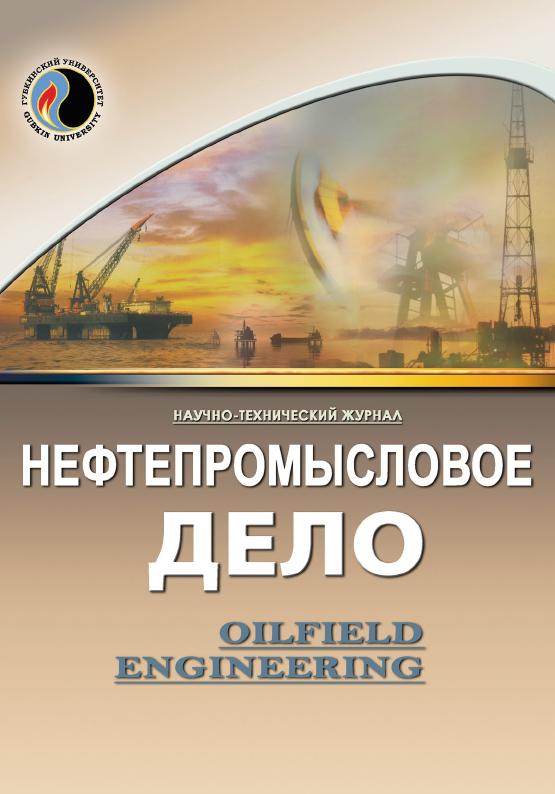Study of aromatic hydrocarbons hydrogenation mechanism in case of diesel fuel hydrocleaning
UDC: 665.658.26
DOI: -
Authors:
DEMIN ALEXANDER M. 1,2
1,2,
DEMIN MAXIM A. 1,3
1,3,
SENTEMOV DEMID V. 1,2
1,2,
BOZHKO ILYA S. 1,4
1,4
1 Omsk State Technical University, Omsk, Russia
2 Gazpromneft-ONPZ3 ProGas4 Gazproneft-Catalytic Systems, Moscow, Russia
Keywords: equilibrium constant, hydrogenation of aromatic hydrocarbons, monoaromatics, diaromatics, polyaromatics, naphthalene – tetralin – decalin
Annotation:
The presented article describes in detail the mechanizm of hydrogenation of polycyclic aromatic hydrocarbons in diesel fuel, which constitutes an important area in chemical engineering and petroleum refining. The authors of the article presented a qualitative description of the process of establishing chemical equilibrium in this reaction, which is fundamentally important for understanding and optimizing chemical processes.
The mathematical model developed within the research not only helps to describe the hydrogenation process itself but also predicts how various parameters affect conversion and yields at different stages of this complex reaction. This can be highly valuable for engineers and chemists involved in the development of production processes.
Special attention in the article is paid to the analysis of the reaction heat effect and its relationship with the equilibrium constant. These aspects play a crucial role when designing and optimizing hydrogenation reactions in industrial settings.
Furthermore, an example of using high pressure in the hydrogenation reaction, being of practical significance in the industry is provided. It allows increasing the degree of raw materials dearomatization, ultimately making the end product, such as diesel fuel, cleaner and more efficient.
Finally, the study includes an analysis of the equilibrium composition of the naphthalene – tetralin – decalin ternary system, which is part of the broader topic of hydrodearomatization. The calculation results are consistent with the data from the scientific literary sources, thus underscoring the importance of the mathematical model obtained for engineering and scientific practices in the field of petroleum refining and the chemical industry.
Bibliography:
1. Zhorov Yu.M. Termodinamika khimicheskikh protsessov. Neftekhimicheskiy sintez, pererabotka nefti, uglya i prirodnogo gaza. – M.: Khimiya, 1985. – 464 s.
2. Magaril R.Z. Teoreticheskie osnovy khimicheskikh protsessov pererabotki nefti: ucheb. posobie dlya vuzov. – L.: Khimiya, 1985. – 280 s.
3. Rapoport I.B. Iskusstvennoe zhidkoe toplivo – M.: Gosudarstvennoe nauch.-tekhn. izd. neft. i gorn.-topliv. lit-ry, 1949. – 334 s.
4. Orochko D.I., Sulimov A.D., Osipov L.N. Gidrogenizatsionnye protsessy v neftepererabotke. – M.: Khimiya, 1971. – 350 s.
5. Sentemov D.V., Bozhko I.S., Demin A.M. Opredelenie fakticheskogo poryadka reaktsii gidroochistki dizel’nogo topliva v usloviyakh promyshlennoy ustanovki // Student: nauka, professiya, zhizn’: Vseros. stud. nauch. konf. – Omsk: Omskiy gos. un-t putey soobshcheniya, 2023. – S. 107–109.

